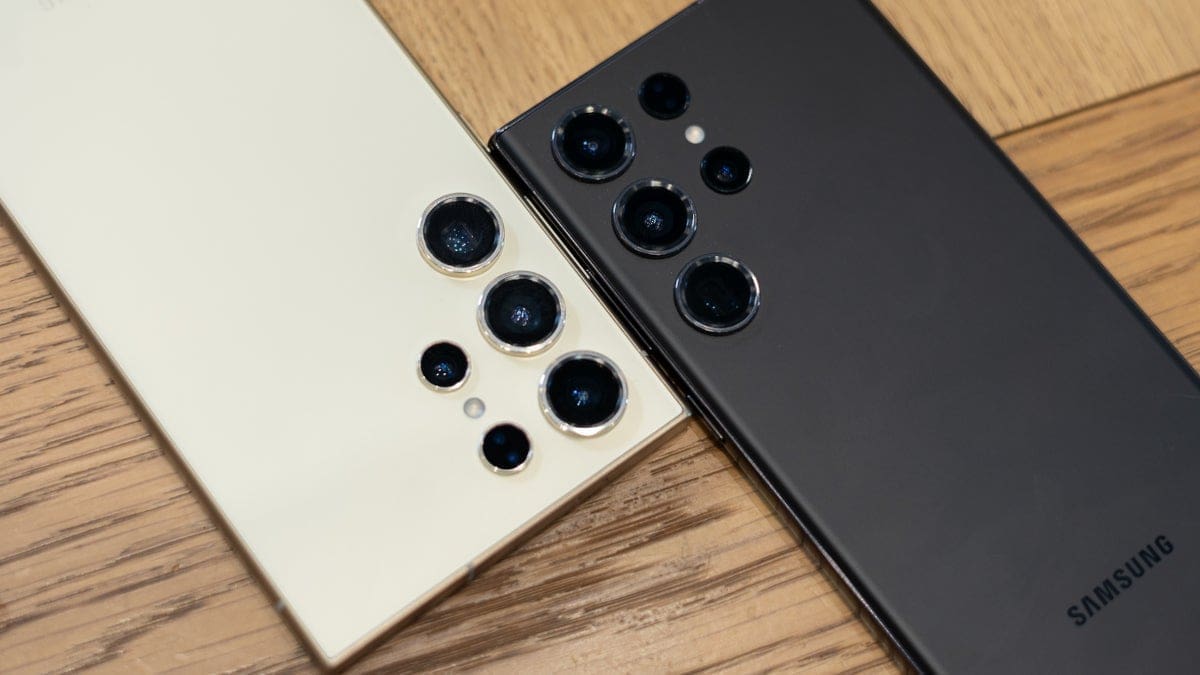Huawei surprised the tech world when it announced the Mate 60 series back in August. It marked the company’s return to using a 5G Kirin chipset designed by Huawei, after a gap of three years. The chip was manufactured by China’s largest foundry, SMIC, and was designed on the latter’s 7nm process node. This was an unexpected move, as it seemed that U.S. sanctions had prevented Huawei from obtaining or producing application processors (AP) supporting 5G.
Previously, the U.S. had allowed Huawei to use modified Snapdragon chipsets that did not support 5G on its earlier flagship phones such as the P50 series (2022), Mate 50 line (2022), and the P60 line (2023). However, the unveiling of the Mate 60 series with the 7nm Kirin 9000s 5G chipset caused an uproar among U.S. lawmakers and officials, while Chinese consumers felt a surge of nationalistic pride.
The next flagship series expected from Huawei is the P70 line, which is known for its focus on photography. According to a Weibo leaker Smart Pikachu (via HuaweiCentral), the series is rumored to be powered by a new chip called the Kirin 9010, designed by Huawei’s HiSilicon semiconductor unit. It’s noteworthy that this chip has not been officially announced, and it was previously speculated by a Twitter tipster @RODENT950 that the company was set to obtain 3nm Kirin 9010 SoCs, even amidst the U.S. export ban on Huawei.
It is important to note that the rumored 3nm chip was never built, and the first 3nm chip for smartphones was made by TSMC for the iPhone 15 Pro and iPhone 15 Pro Max. Since Huawei cannot deal with any foundry able to ship 3nm chipsets, it’s unlikely that the Kirin 9010 SoC will be made using the 3nm node. The name Kirin 9010 received a trademark in 2021, and it is possible that it might be used for new 7nm chips made by SMIC.
Huawei is also rumored to introduce its own image sensors with the P70 series, which is expected to be unveiled in March. These sensors are expected to debut alongside an ultra-wide camera with a one-inch type sensor and a lens comprising one glass element and six plastic elements. Although there are reports that Huawei’s new laptop is equipped with 5nm Kirin 9006C chips made by TSMC, it’s important to note that these were manufactured before the announcement of the U.S. chip sanctions against Huawei and were from the manufacturer’s stockpile of unused chipsets.










